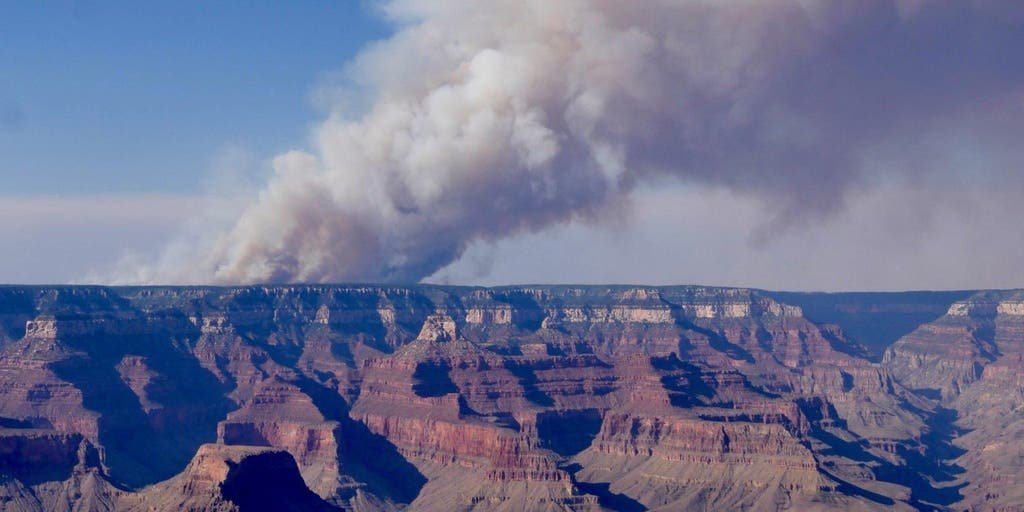Evacuation at Grand Canyon National Park: A Comprehensive Overview of Recent Wildfires
Grand Canyon National Park, renowned as one of the Seven Natural Wonders of the World, is currently grappling with significant wildfires that have prompted extensive evacuations in the North Rim area. Recent reports indicate that hundreds of visitors and residents have been evacuated due to the looming threat posed by two wildfires: the White Sage Fire and the Dragon Bravo Fire. As of now, both fires are exhibiting dangerous growth, raising concerns about safety and air quality for park-goers and nearby communities alike.
Current Situation of the Fires
The more substantial threat comes from the White Sage Fire, which is raging approximately 15 miles southeast of Fredonia, Arizona. This area is crucial because it serves as one of the primary access points for visitors traveling to the North Rim of the Grand Canyon. As a precautionary measure, park officials evacuated around 500 visitors as the fire rapidly expanded to over 10,000 acres as of the latest reports. Strong winds, which have been clocked at 15-20 mph, combined with dry conditions, have exacerbated the fire’s behavior, leading to rapid spread and increased risk factors.
Alongside the White Sage Fire is the Dragon Bravo Fire, which ignited on July 4, 2025. This fire is located within the boundaries of the North Rim and has consumed approximately 1,500 acres. Even though this fire initially has been managed under a confine-and-contain strategy, changing weather conditions have forced fire management teams to adapt their tactics. The National Park Service emphasized that both fires were ignited by lightning, a common catalyst for wildfires in this arid region.
Evacuation Protocols and Safety Measures
In light of these burgeoning wildfires, the North Rim of the Grand Canyon has been closed to all visitors until further notice. The National Park Service (NPS) has encouraged all individuals in the affected areas to evacuate promptly to ensure safety. During evacuations, it is essential for visitors to stay informed about their surroundings, using reliable sources for up-to-date information on conditions within the park. For real-time updates, NPS recommends checking their official channels and staying tuned to announcements.
Air Quality Concerns and Hazards
As the fires rage on, smoke from both the White Sage and Dragon Bravo Fires has become visible from the South Rim of the Grand Canyon, significantly impacting air quality in that area. Visitors on the South Rim are advised to monitor air quality updates through AirNow.gov, which provides valuable information for individuals with respiratory conditions or other health concerns. The risk of poor air quality not only affects the enjoyment of the park but can also pose serious health risks for sensitive individuals.
Challenges for Firefighters
Firefighters are facing severe challenges in their efforts to control both wildfires, as forecasts indicate unfavorable weather conditions such as strong gusty winds and continued low humidity. As of the latest reports, both the White Sage and Dragon Bravo Fires are reported to be 0% contained, highlighting the urgency and difficulty of the firefighting situation. As the NPS continues to update the public on the situation, they also emphasize the importance of following guidance from fire management teams on safety protocols.
Conclusion
The wildfires threatening Grand Canyon National Park serve as a stark reminder of the powerful forces of nature, particularly in areas prone to wildfires. With the ongoing evacuation and park closures, it is crucial for visitors and residents to stay updated on developments. Whether you are planning a future trip to the park or are currently in the nearby area, remaining vigilant and informed is key to ensuring safety. For more information on visiting the Grand Canyon and understanding park conditions, check out the National Park Service’s official website. Engage with friends, family, and fellow outdoor enthusiasts to cultivate awareness and help everyone stay safe during this challenging time.









